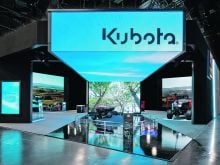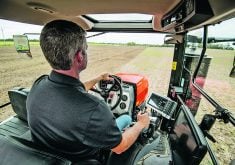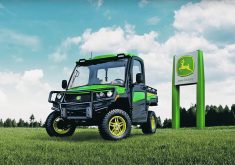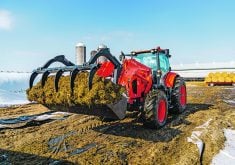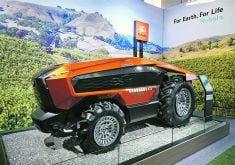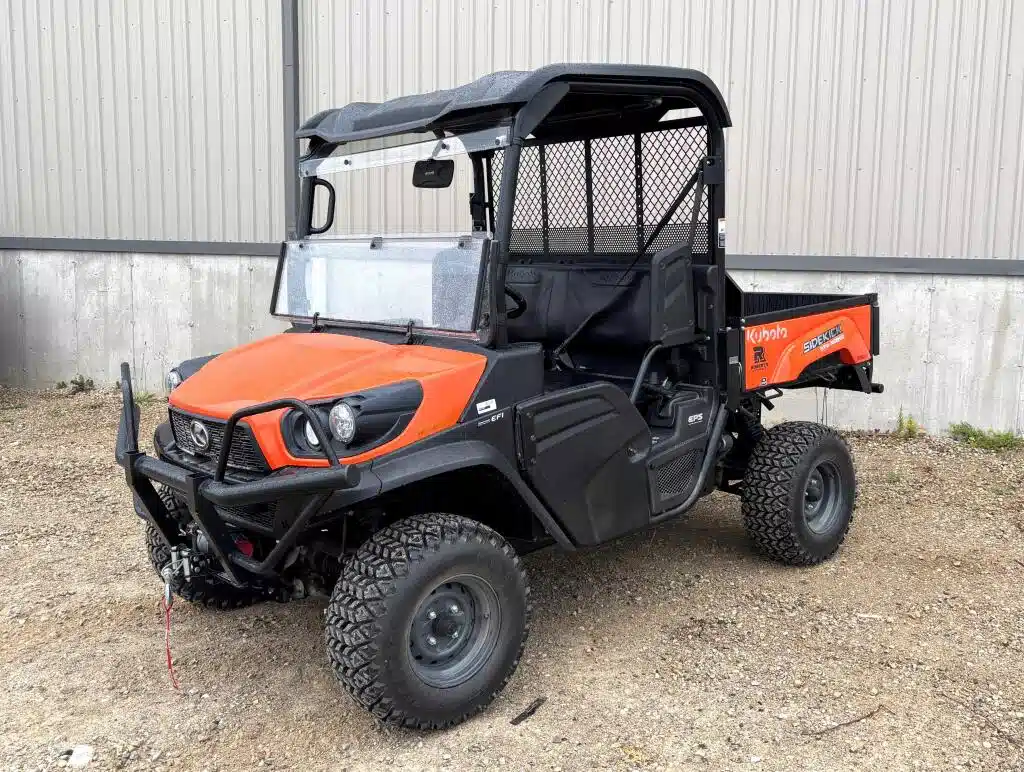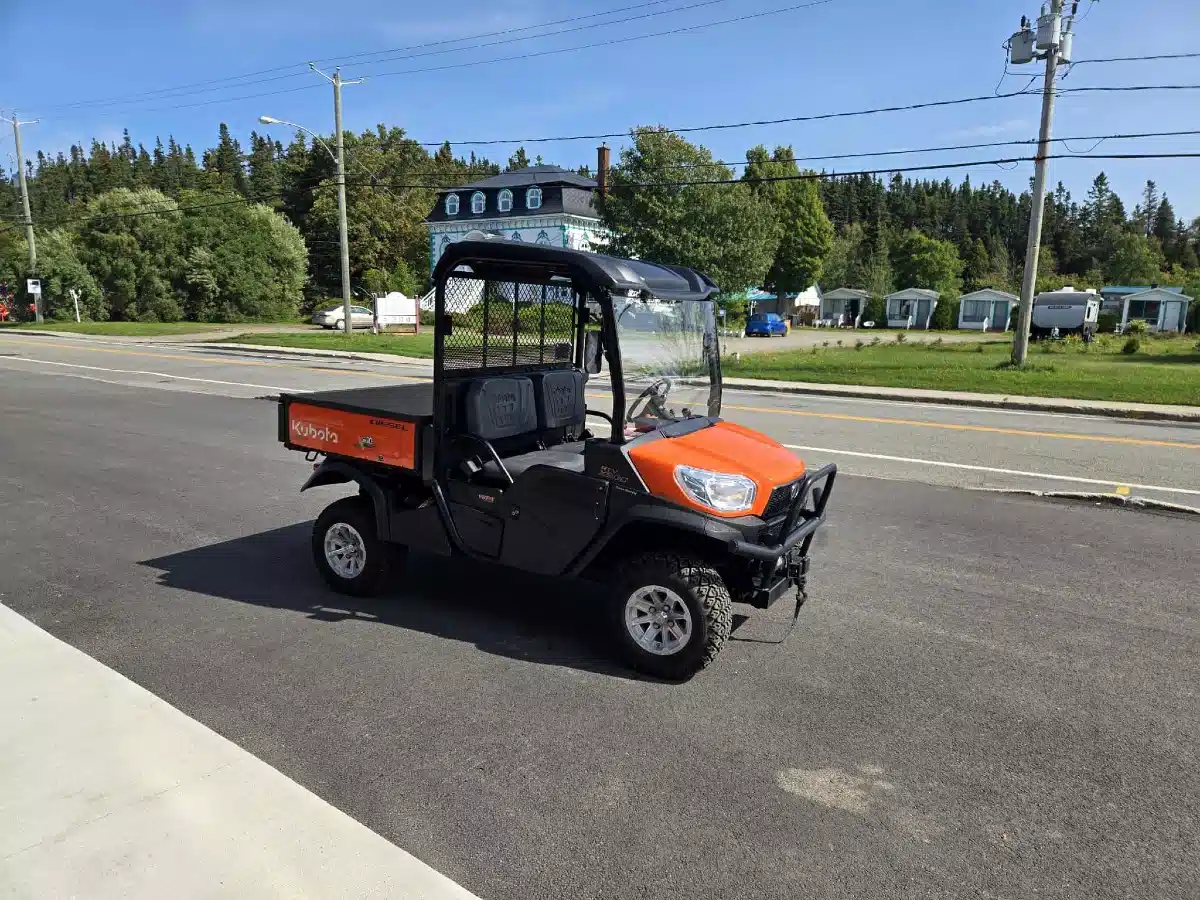Kubota’s RTV-X Cab and Crew models tell customers these machines are capable vehicles built for work before play
Kubota recently introduced two new models to its RTV line of side-by-side UTVs, the RTV-X Cab and RTV-X Crew. They will replace the X1140 and X1100C.
The brand is also taking a different marketing approach by moving away from straight number designations and giving its models a more descriptive name tag. Adding names allows customers to better understand what each model offers.
“We went from a numeric system to a naming system such as Cab and Crew in the RTV-X,” says Kubota’s turf and RTV product manager Justin Parrott. “We’re intentionally doing that to speak more to the machines themselves.”
Read Also

Fertilizer method’s link to emissions studied
A researcher says others studying greenhouse gas emissions aren’t considering how the loss of nitrogen into the atmosphere correlates with fertilizer application or if there is an impact to yield.
With its “K-vertible” bed, the Crew model can be converted from a two-seater and high-capacity cargo box to a four-seat people carrier. The Cab model offers a comfortable all-weather environment for wet summer or cold winter days.
The Cab and Crew are intended to appeal to people who have jobs for their UTVs and require a capable work vehicle rather than a sporty weekend thrill machine.
“With these two new models, we’re carrying over our legacy features, those being tough and dependable,” says Parrott. “(They have) a well-built engine and hydrostatic transmission. The chassis itself is very strong and robust with a steel cargo box.”
The machines are rated to tow 1,300 pounds (590 kilograms) and carry 1,102 lb. (500 kg) in the cargo bed.
The VHT-X variable hydrostatic transmission sets these models apart from most other UTVs on the market, which use a belt-driven CVT transmission.
“There are no belts or clutches to worry about,” says Parrott. “With really heavy work, you don’t have to worry about wearing out those components. You can start and stop the machine with one pedal.
“The hydrostat gives that hydraulic power, so now you can have hydraulic power steering as well as a hydraulic dump box. If you’re trying to do some finesse work, you can inch the machine forward, unlike a CVT belt (transmission). If you’re trying to back up to a trailer, a hydrostatic just makes it that much easier.”
The Kubota diesel models use a standard engine across the full lineup. It’s the brand’s own D1105, which puts out 24.8 horsepower and 51.4 foot-pounds of torque.
The new machines are fitted with multipurpose tires that can provide traction in tough conditions, but they also offer a more durable tread life when used for road travel at higher speeds.
And speaking of speed, the hydrostatic Kubotas aren’t known for it, unlike its other belt-driven models.
“One of the compromises with the hydrostatic drive is they aren’t as fast as a belt drive,” says Parrott. “But with our customers, we found the benefits of the hydrostatic far outweigh the top speed (limitation).”
Maximum speed for the RTX Series models is 40 km/h.
On the exterior, the two models introduce new hood and front bumper styling with LED lighting. They can be ordered in a desert sand colour, aside from the standard Kubota orange.
“I think that’s going to appeal to a lot of our customers,” says Parrott.
The new automotive-style cabs also reduce the interior noise level by five decibels compared to previous models, making them the quietest cabs in that vehicle class, according to Kubota. There are ergonomic improvements as well.
“We put a lot of energy and focus into improving (the cab),” he says.
Operators will also find the new VHT-X transmissions shift better than the previous generation of hydrostatics.
“On the transmission, we’ve improved the dog clutch gearing on it to help shift through the ranges,” says Parrott. “The shifting is simpler now, which was a bit of a pain point for our customers.”
The new models are available for order now and the first deliveries should be landing on dealers’ lots by the end of the year.






